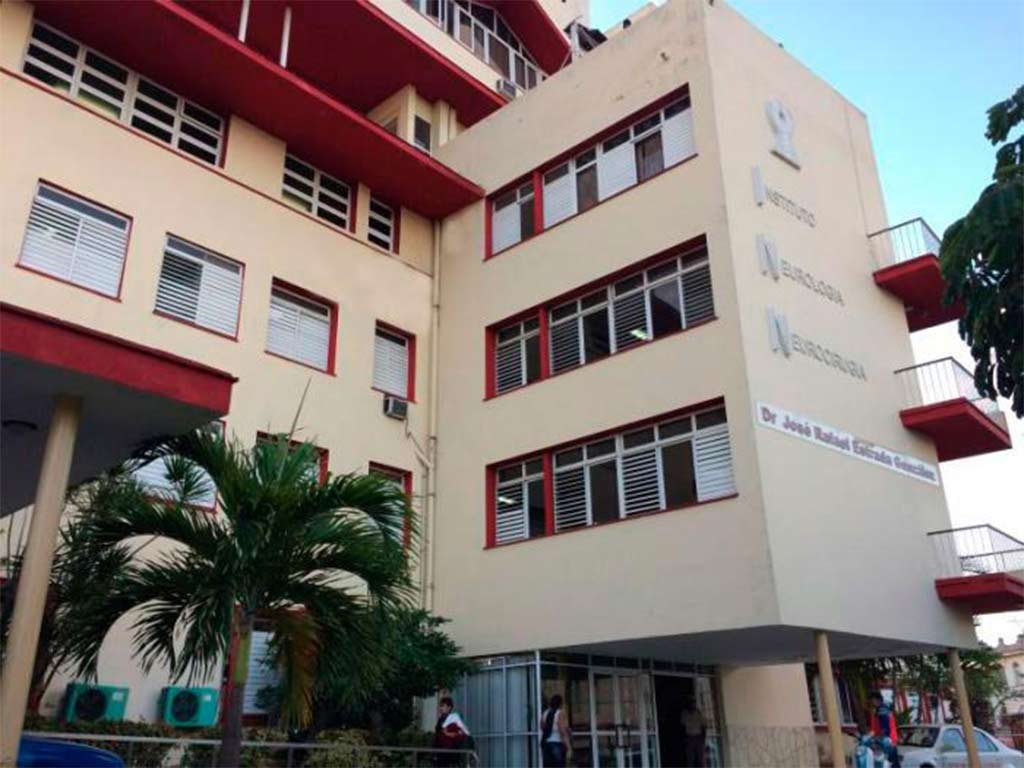According to statements by the head of the Movement Disorders and Neurodegenerative Diseases Clinic at the International Center for Neurological Restoration of Cuba (CIREN), Ivonne Pedroso, these therapies have demonstrated their positive effect on non-motor and motor symptoms caused by diseases such as Parkinson’s.
“With these treatments, neuronal circuits and neurotransmission systems are modulated, causing an increase in the release of dopamine, to mention some of the positive effects,” the second-degree expert in Neurology explained.
In an interview with Granma newspaper, she added that simultaneously, an intensive and individualized comprehensive rehabilitation program is applied in the clinic.
“Patients are trained in gait, posture, balance, manipulative skills and language; as well as cognitive exercises, through learning techniques based on feedback methods, strengthening, stretching and stimulation of neuroplastic capacities of the nervous system,” she explained.
All of this, with the purpose of increasing the motor and cognitive possibilities of the patients, with priority in the execution of their daily tasks, Pedroso pointed out.
She said that in patients who present uncontrollable motor fluctuations after being treated with the aforementioned procedures, we resort to surgical treatments, which have benefited 981 patients with 1,000 surgeries. “The results show a significant improvement in the control of dyskinesias (involuntary movements) and gait alterations, providing a high degree of recovery of motor abilities and functional independence, which is enhanced by the other pillars of the treatment,” she stated.
Pedroso explained that for diseases such as Parkinson’s, effective, safe and reliable therapeutic methods have been developed, backed by more than 30 years’ experience at the CIREN.
“The treatment includes the traditional use of antiparkinsonian drugs to control motor symptoms in the different stages of the disease and we also address the management of non-motor symptoms that are largely disabling, such as those related to insomnia,” she pointed out.
The CIREN, founded in 1989, has a specialized area to treat each type of sleep disorder, cognitive problems, depression and pain, particularly in the shoulder joints and the cervical region, which often accompany the evolution of Parkinson’s disease from its beginnings.
Edited by Liubis Balart
 Non-invasive brain stimulation in its two variants (repetitive transcranial magnetic stimulation and transcranial direct current stimulation) are the new therapeutic procedures used by Cuban experts to treat movement disorders.
Non-invasive brain stimulation in its two variants (repetitive transcranial magnetic stimulation and transcranial direct current stimulation) are the new therapeutic procedures used by Cuban experts to treat movement disorders.